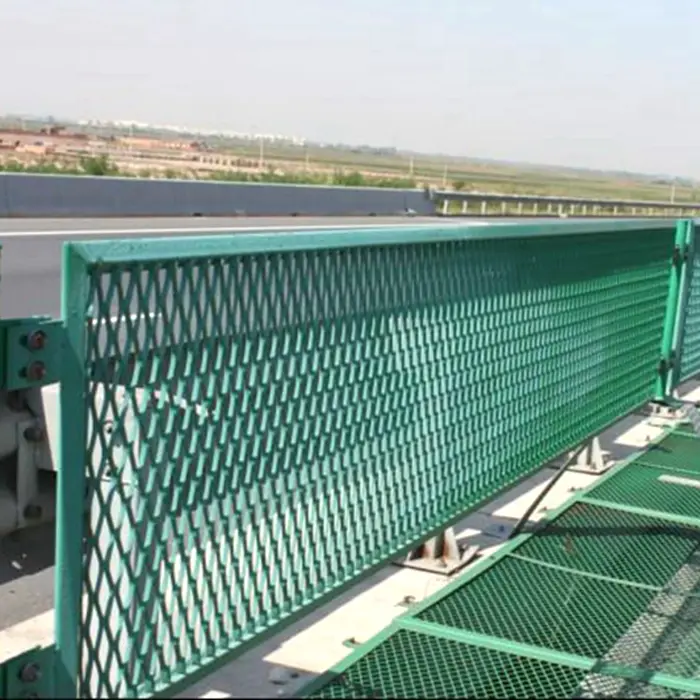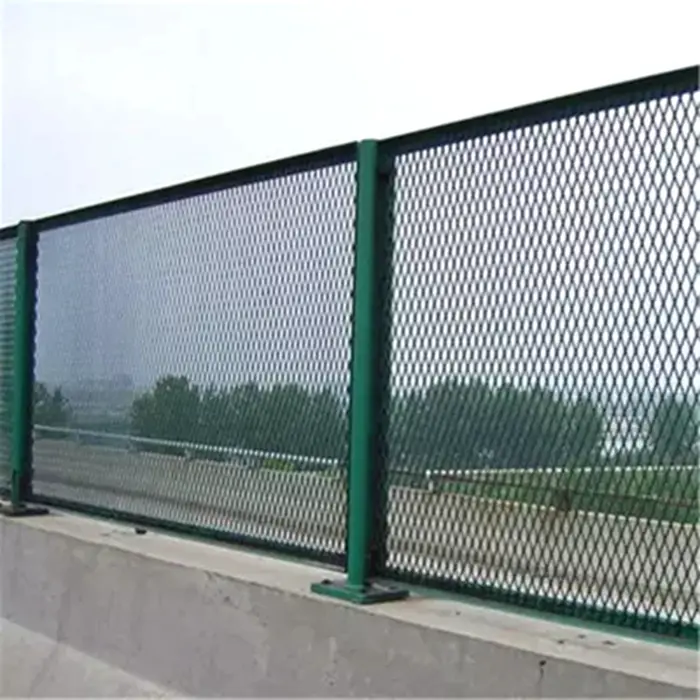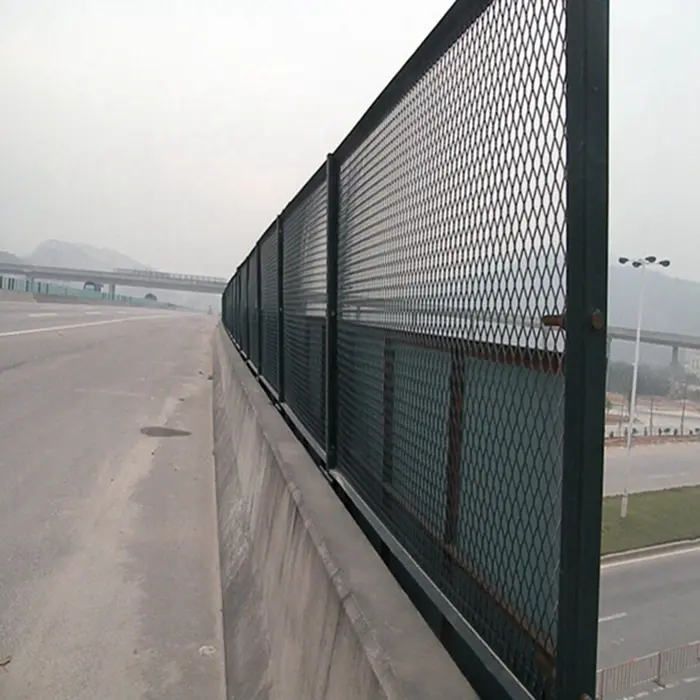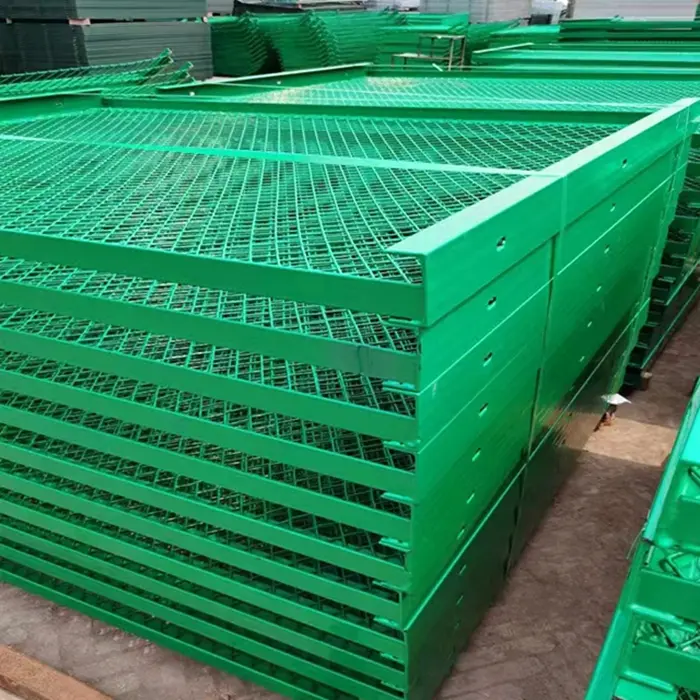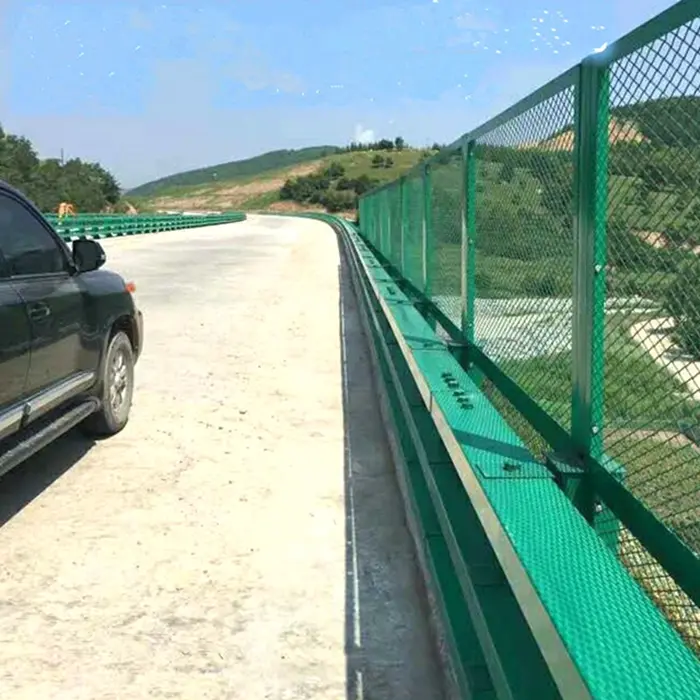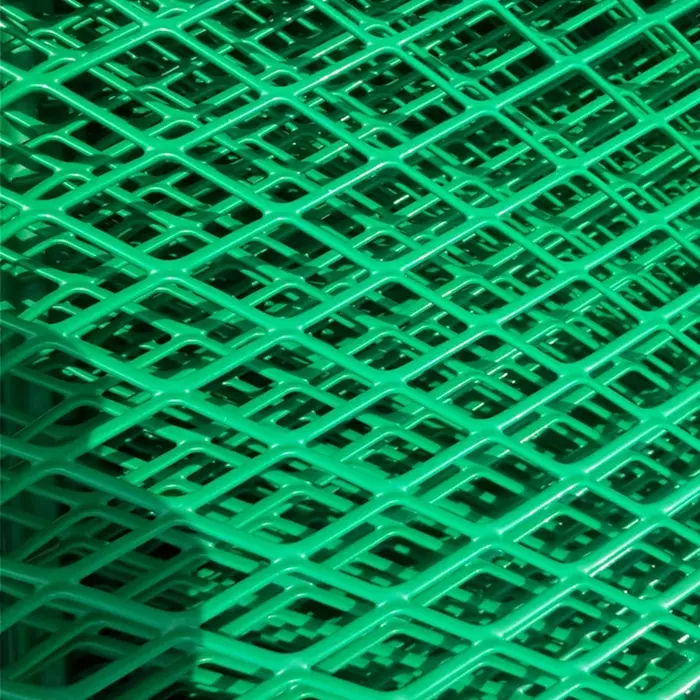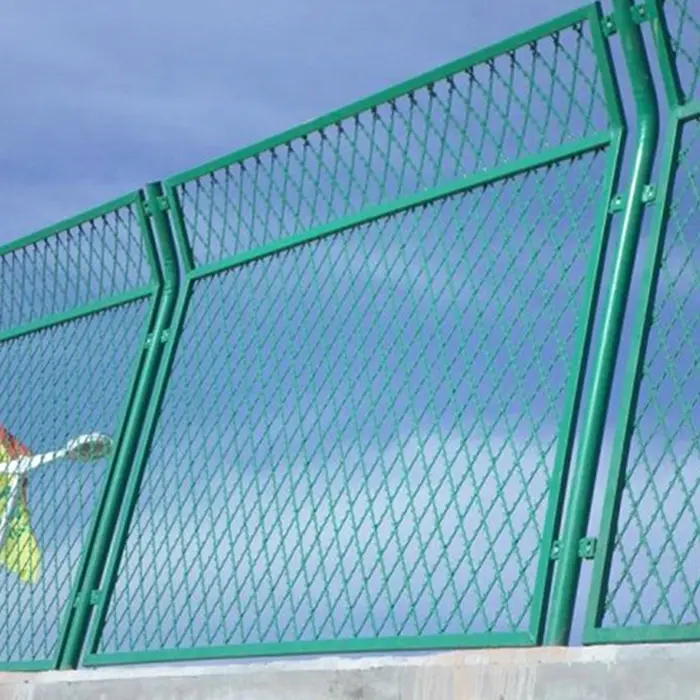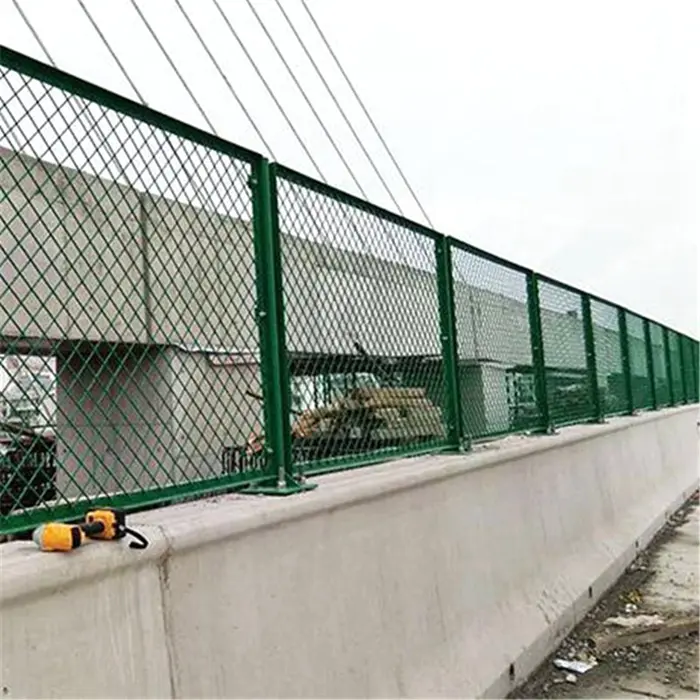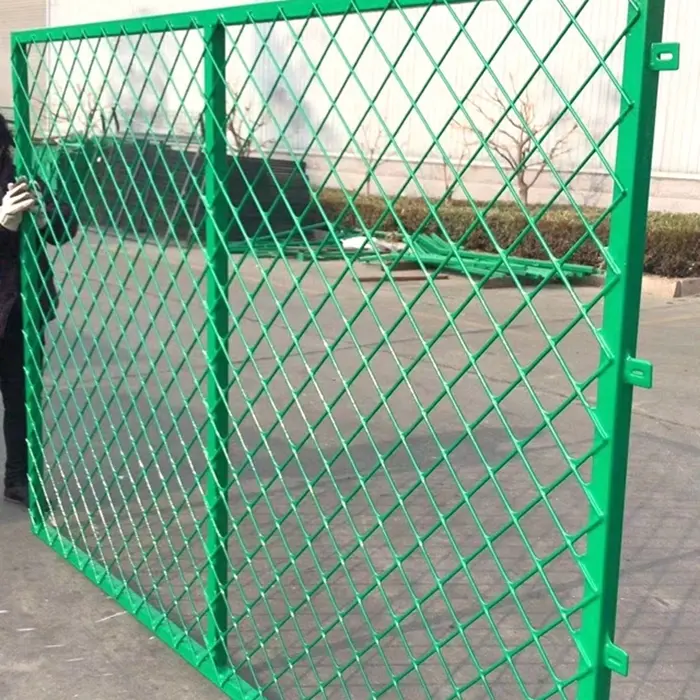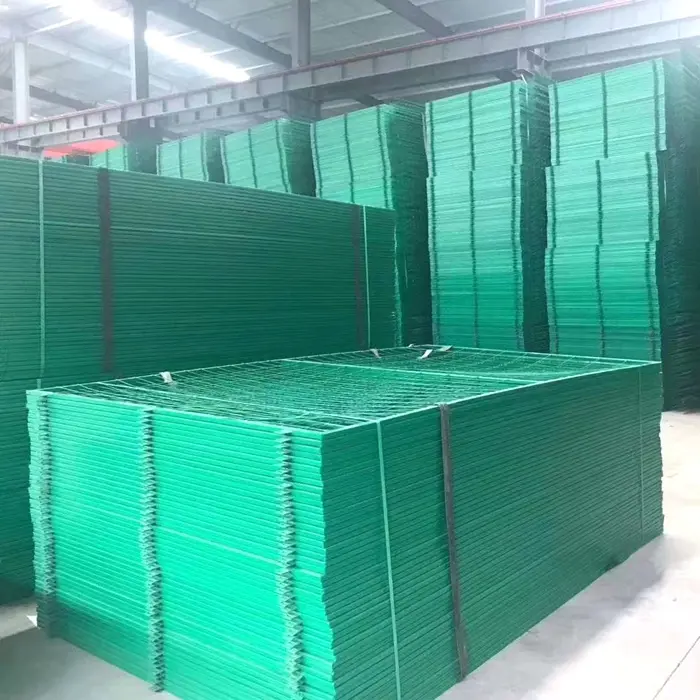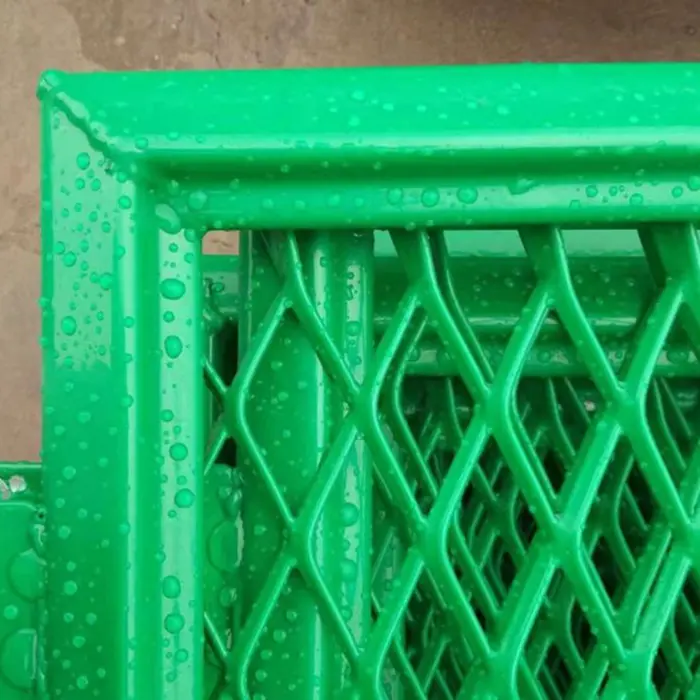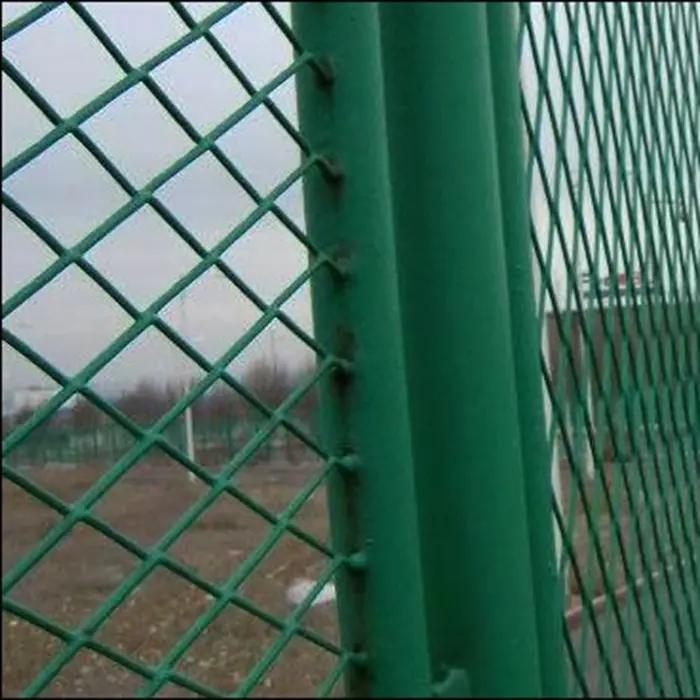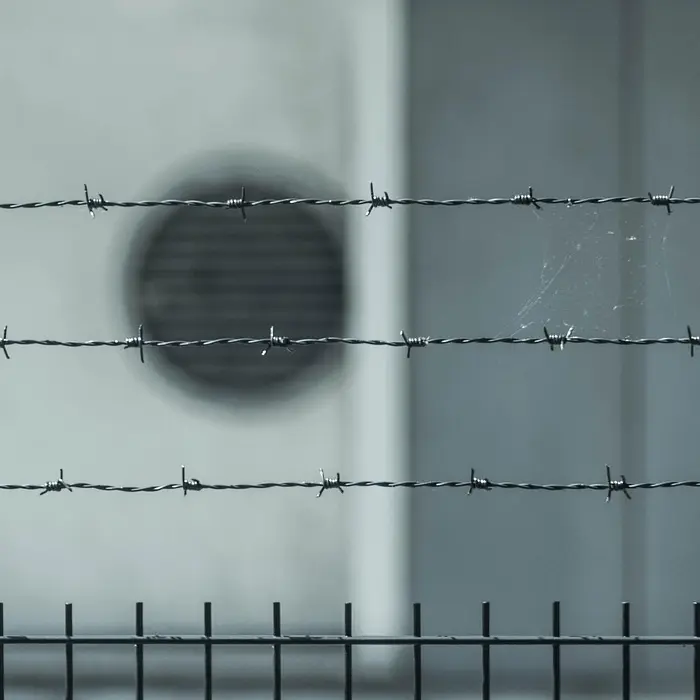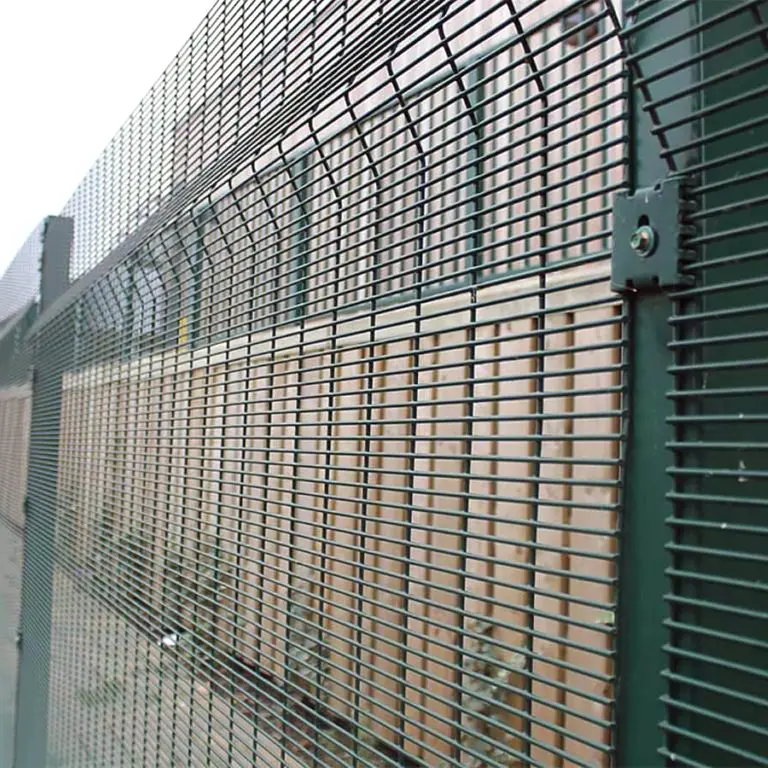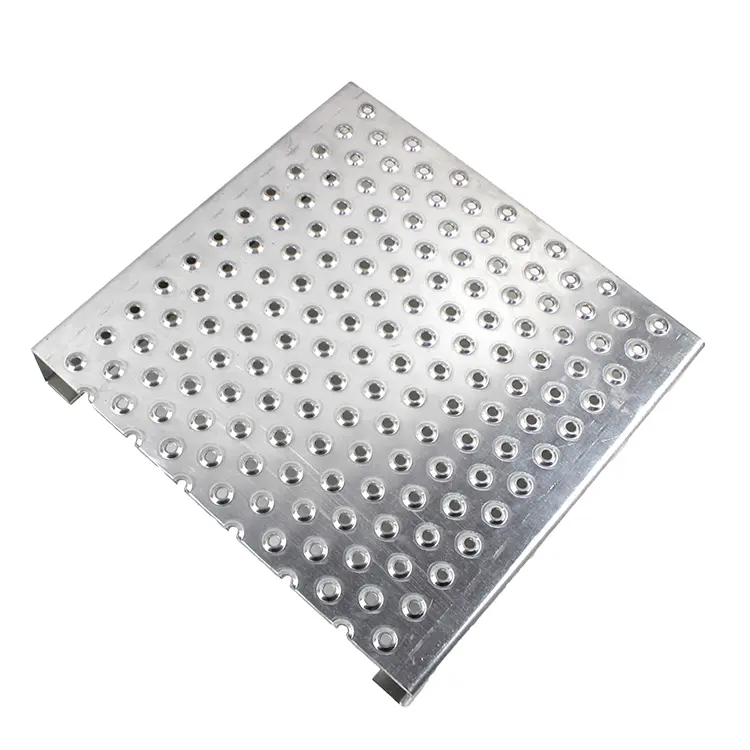The Anti Glare Fence is a specialized barrier designed to mitigate glare from sunlight or artificial light sources, enhancing safety and comfort in various environments. Commonly used along highways, residential areas, and commercial spaces, these fences reduce blinding reflections that can impair visibility for drivers, pedestrians, and residents. Constructed from materials like polycarbonate, aluminum, or treated wood, they feature textured or matte surfaces to diffuse light effectively.
Beyond glare reduction, Anti Glare Fences often serve additional purposes, such as noise reduction, wind protection, and privacy enhancement. Their design prioritizes durability, weather resistance, and low maintenance, making them suitable for long-term outdoor use. Some variants incorporate eco-friendly materials or modular designs for easy installation and customization.
What Is an Anti-Glare Fence and How Does It Work?
An anti-glare fence is a specialized barrier designed to reduce blinding light reflections from vehicle headlights or sunlight, improving visibility for drivers. Typically installed along highway medians or accident-prone zones, these fences feature angled slats, mesh patterns, or tinted materials that scatter or absorb light rather than reflecting it directly.
The fence works by disrupting direct light paths while maintaining airflow and some visibility. Materials like powder-coated steel, aluminum, or UV-resistant polycarbonate are commonly used for durability. By mitigating glare during night driving or sunrise/sunset hours, these fences prevent temporary vision impairment, reducing the risk of collisions. Their design also considers crash safety, often meeting road authority standards for impact resistance.
Anti-Glare Fencing for Highways and Road Safety Applications
Anti-glare fencing is critical for highway safety, particularly on divided roads where opposing headlights can dazzle drivers. These fences are engineered to maintain partial transparency while diffusing light, ensuring drivers retain situational awareness. Common installations include curves, tunnels, and elevated highways where glare risks are highest.
Modern designs incorporate corrosion-resistant coatings for longevity and modular panels for easy repair. Some variants integrate noise reduction features or wildlife barriers. By meeting strict road safety standards, anti-glare fencing significantly reduces nighttime accidents while blending functionally with infrastructure. Its proactive use in planning demonstrates how smart barrier design can save lives through improved visibility management.


